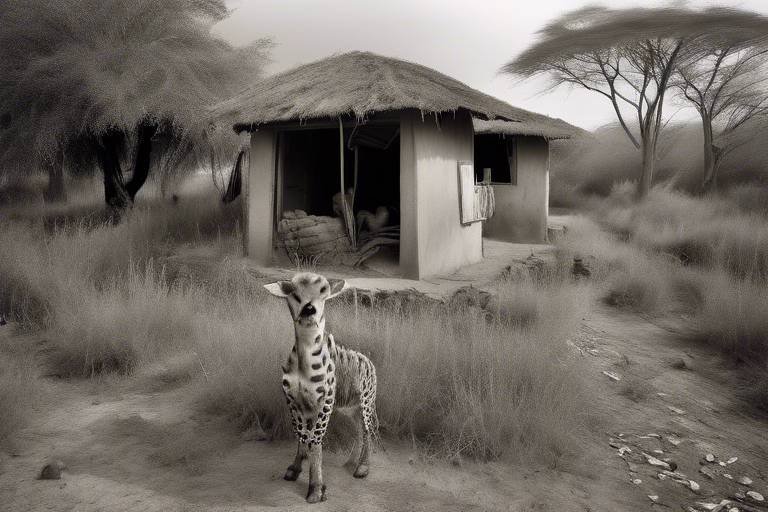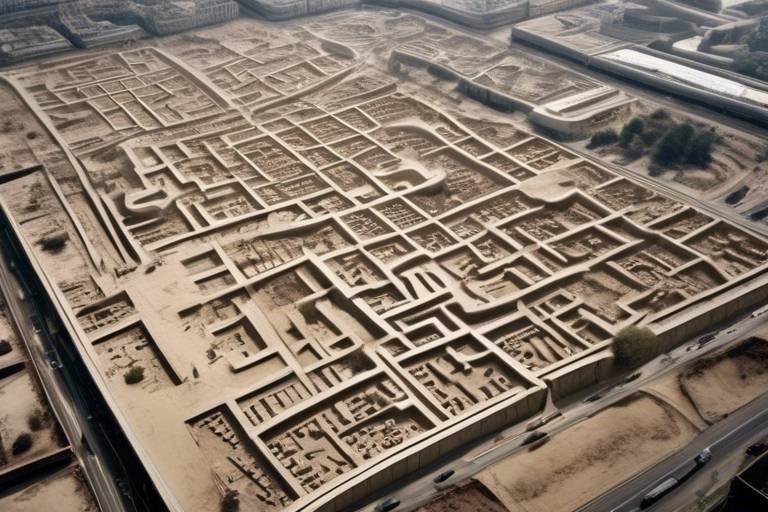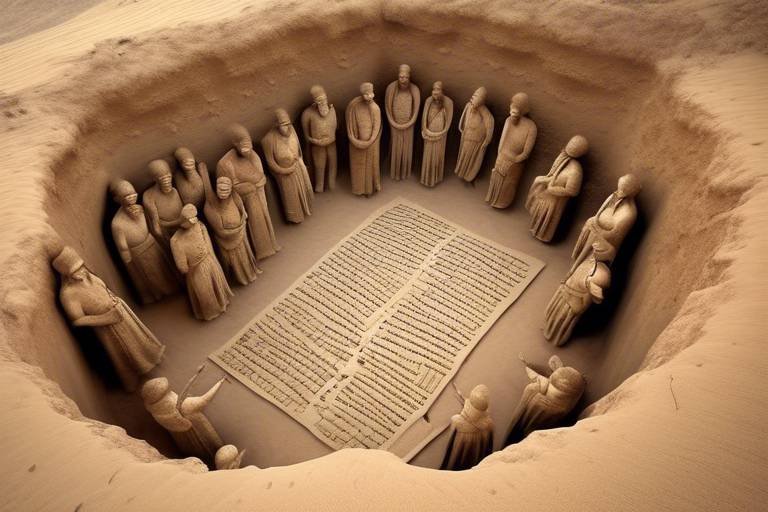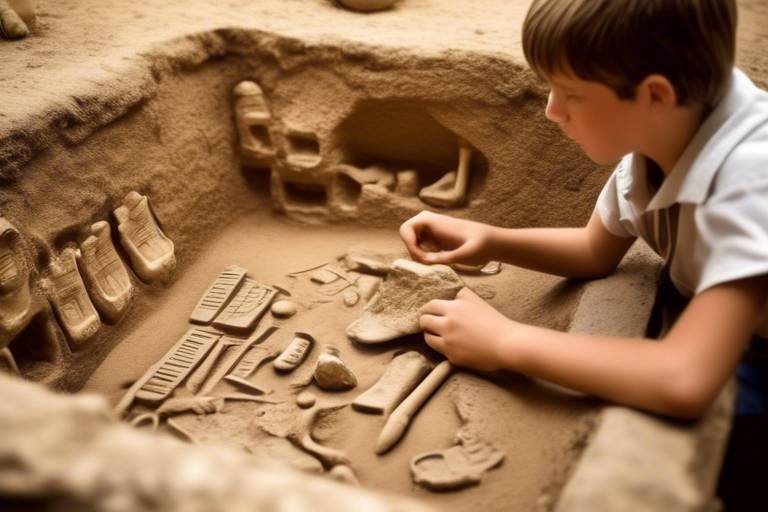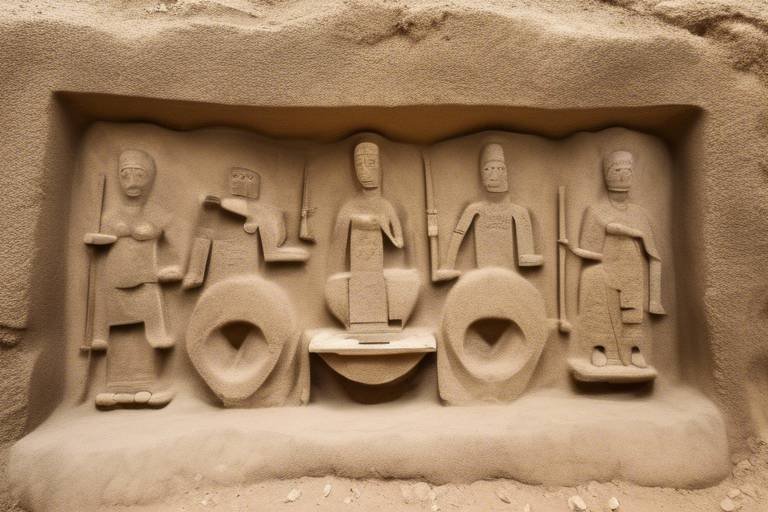How Historical Archaeology Challenges Mainstream Narratives
Historical archaeology serves as a powerful tool in challenging mainstream narratives by delving beneath the surface of traditional historical accounts. Through the excavation of material culture and archaeological evidence, historical archaeology uncovers hidden truths and sheds light on marginalized perspectives, offering a fresh perspective on the past.
By reinterpreting historical events through a different lens, historical archaeology challenges the dominant narratives that have shaped our understanding of the past. It forces us to question established truths and consider alternative viewpoints, enriching our knowledge of history and promoting a more inclusive narrative that reflects the diversity of human experiences.
One of the key strengths of historical archaeology lies in its ability to reveal untold stories and overlooked voices. By examining artifacts and structures left behind by past societies, archaeologists can piece together narratives that have been silenced or marginalized in traditional historical accounts.
Through the exploration of colonial encounters, historical archaeology uncovers the complexities of cultural interactions and power dynamics that were often overlooked in mainstream narratives. By digging into the material remnants of the past, archaeologists can offer new insights into the impact of colonialism on indigenous populations and challenge simplistic portrayals of historical events.
Moreover, historical archaeology plays a crucial role in unearthing the narratives of enslaved individuals, providing a platform for their stories to be heard. By investigating the material remains of slavery, archaeologists can illuminate the daily lives, resistance efforts, and contributions of enslaved people, offering a more nuanced understanding of this dark chapter in history.
Through its emphasis on community engagement and the incorporation of diverse perspectives, historical archaeology aims to decolonize archaeological practices and foster a more equitable approach to studying the past. By challenging Eurocentric interpretations and amplifying the voices of marginalized groups, historical archaeology seeks to redefine national histories and promote a more inclusive representation of the past.
In conclusion, historical archaeology serves as a powerful tool for challenging historical biases, reinterpreting established narratives, and reshaping public memory. By excavating forgotten communities, revealing gender dynamics, and questioning traditional interpretations, historical archaeology enriches our understanding of the past and encourages us to critically engage with history.
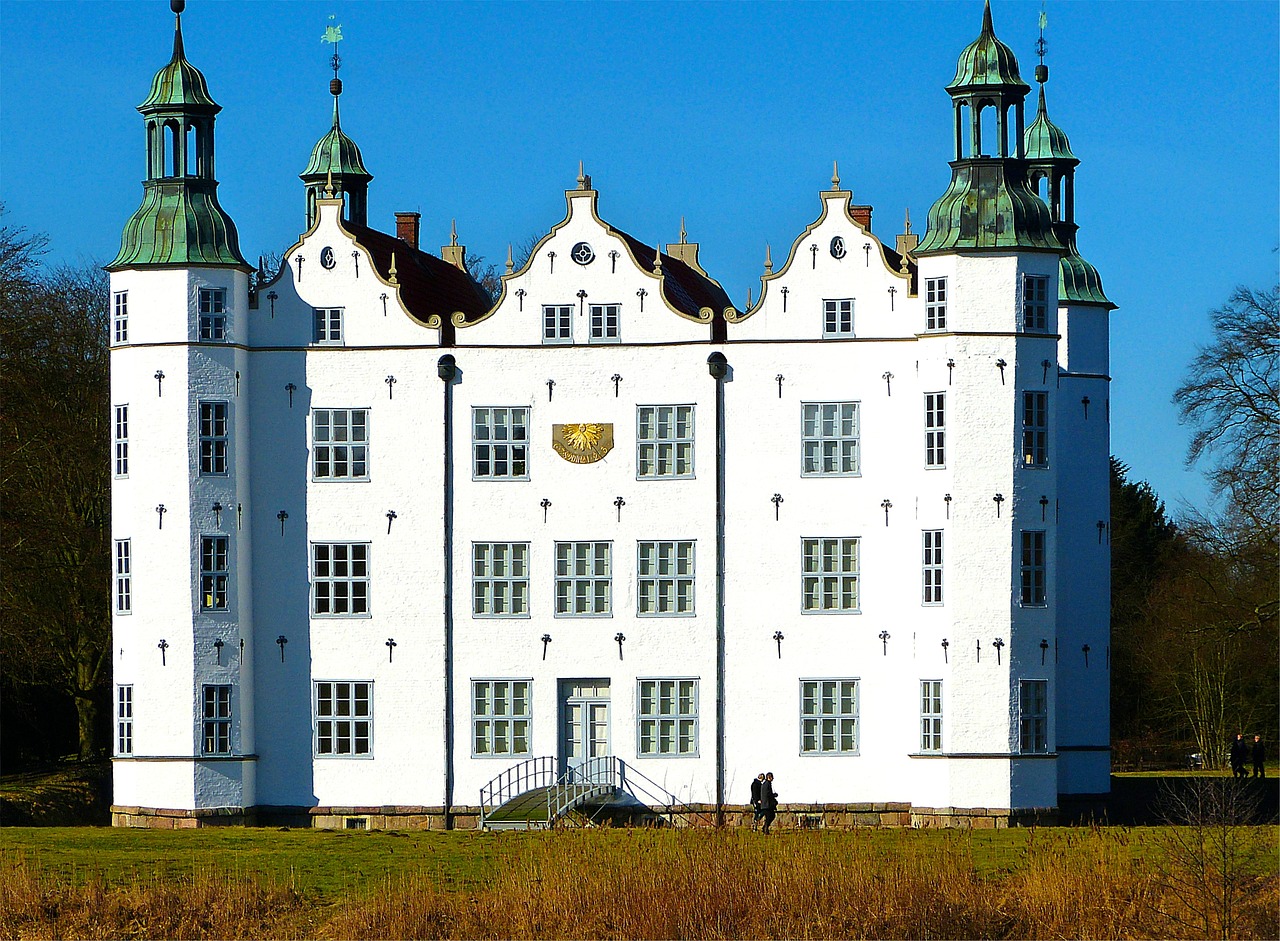
Interpreting Colonial Encounters
Exploring how historical archaeology uncovers hidden truths and challenges dominant historical narratives, shedding light on marginalized perspectives and reinterpreting the past through material culture and archaeological evidence.
When delving into historical archaeology, one of the most intriguing aspects is the reinterpretation of colonial encounters. By examining archaeological findings, researchers can uncover a wealth of information that goes beyond traditional historical accounts. These discoveries reveal the complexities of interactions between colonial powers and indigenous populations, offering fresh insights into power dynamics and cultural exchanges that were previously overlooked or misunderstood. It's like peeling back layers of time to reveal a more nuanced and multifaceted understanding of the past.
Investigating the material remains of slavery through historical archaeology is a powerful way to give voice to the voiceless. By excavating and analyzing artifacts related to enslaved individuals, researchers can piece together the daily lives, resistance efforts, and contributions of those who were oppressed. This approach challenges prevailing narratives of oppression by humanizing the individuals who endured unimaginable hardships and highlighting their agency in shaping history.
Historical archaeology serves as a tool for unearthing the often overlooked gender dynamics of the past. By examining artifacts and site contexts, researchers can illuminate the roles and experiences of women, LGBTQ+ individuals, and marginalized groups. This process offers a more inclusive and diverse perspective on historical events, showcasing the diverse contributions and experiences of individuals who have been marginalized or silenced in traditional historical narratives.
Through archaeological excavations, forgotten communities are brought back to life, allowing researchers to document their existence, social structures, and contributions to history. This rediscovery challenges the erasure of marginalized groups from mainstream narratives and amplifies their stories, ensuring that their voices are heard and their experiences are acknowledged in the broader historical discourse.
Efforts to decolonize archaeological practices are essential for creating a more equitable and inclusive approach to studying the past. By prioritizing community engagement, incorporating indigenous perspectives, and challenging Eurocentric interpretations, researchers aim to shift the power dynamics within the field and promote a more respectful and collaborative way of uncovering and interpreting history.
Historical archaeology plays a crucial role in redefining national histories by unearthing hidden or suppressed narratives that challenge established myths and identities. Through this process, researchers promote a more nuanced understanding of the complexities of the past, encouraging a critical reevaluation of national narratives and identities.
By presenting empirical evidence that contradicts mainstream narratives, historical archaeology challenges historical biases and stereotypes, prompting a reevaluation of past events and interpretations. This critical approach encourages a more nuanced and accurate representation of history, fostering a deeper understanding of the complexities and nuances of the past.
The influence of historical archaeology on public memory and commemoration is profound. By shaping public perceptions of the past and fostering dialogue about historical injustices, this field promotes a more inclusive and accurate representation of history. Through archaeological discoveries and interpretations, the public is encouraged to engage with the past in a more meaningful and reflective way.
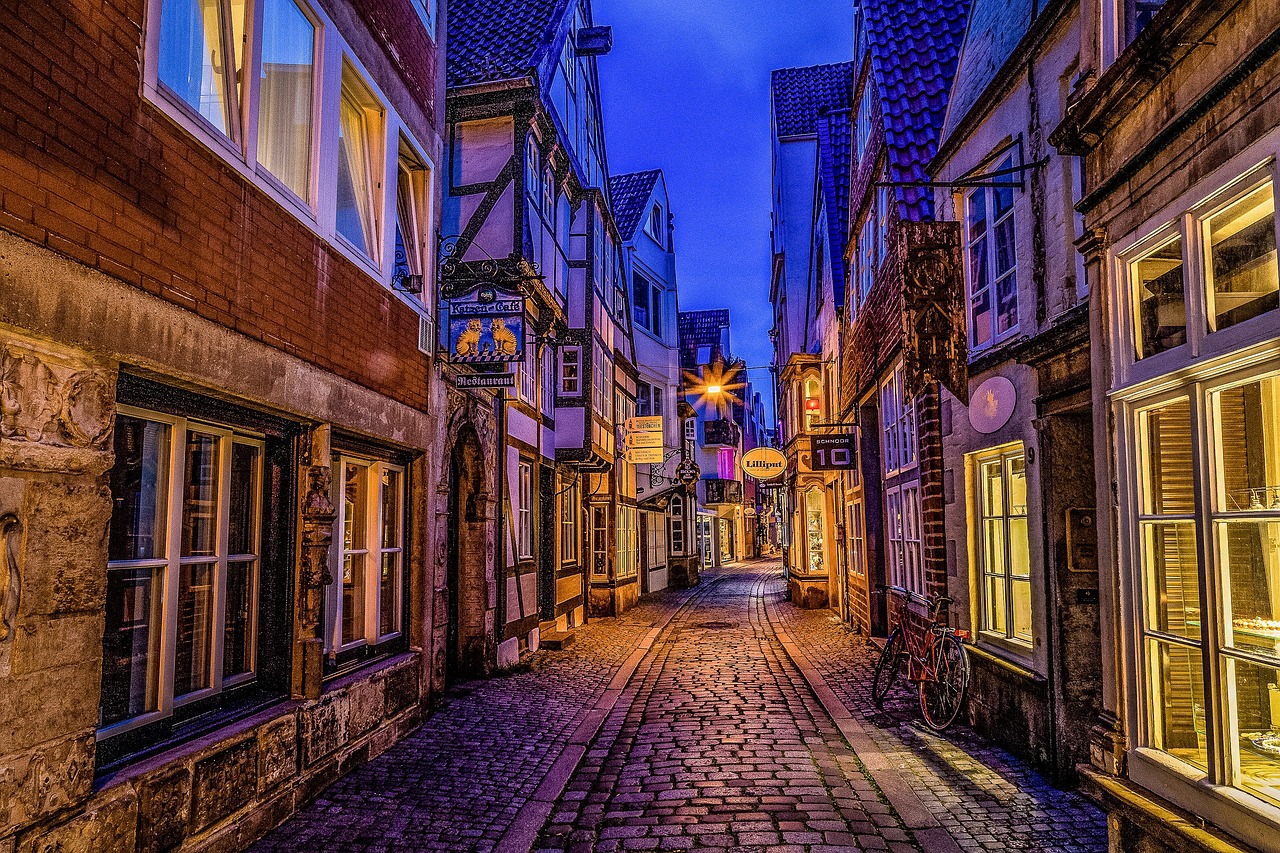
Unearthing Slave Narratives
When delving into the realm of historical archaeology, one of the most poignant and impactful aspects is the unearthing of slave narratives. Through meticulous excavation and analysis of material remains, historical archaeologists bring to light the untold stories of enslaved individuals who have long been marginalized in traditional historical narratives.
By sifting through fragments of pottery, tools, and personal belongings, these archaeologists piece together the daily lives and struggles of those who were forced into bondage. The artifacts speak volumes about the resilience and resistance efforts of enslaved communities, challenging the prevailing narratives of oppression and victimhood that have dominated historical accounts for centuries.
Moreover, the exploration of slave narratives through historical archaeology offers a unique perspective on the contributions of enslaved individuals to shaping history. From agricultural innovations to cultural expressions, these narratives highlight the agency and creativity of those who were often silenced in mainstream historical discourse.
Through this process of unearthing slave narratives, historical archaeology not only sheds light on the harsh realities of slavery but also honors the strength and resilience of the individuals who endured unimaginable hardships. It challenges us to reevaluate our understanding of the past and recognize the profound impact that slavery has had on shaping societies and cultures around the world.

Revealing Gender Dynamics
Historical archaeology serves as a powerful tool for revealing the intricate gender dynamics that have shaped societies throughout history. By delving into the material culture left behind by past civilizations, archaeologists can uncover the often overlooked roles and experiences of women, LGBTQ+ individuals, and other marginalized groups. These archaeological findings provide a more inclusive and diverse perspective on historical events, challenging the traditional narratives that have centered on dominant male figures.
Through the excavation of sites and analysis of artifacts, historical archaeology sheds light on the daily lives, social structures, and power dynamics that governed different gender identities in the past. It allows us to move beyond written records, which have often marginalized or silenced certain groups, and to amplify the voices of those who have been historically underrepresented. In doing so, historical archaeology contributes to a more comprehensive understanding of the complexities of gender relations in various historical contexts.
Moreover, by uncovering the material evidence of gender diversity and fluidity in the past, historical archaeology challenges the binary narratives that have dominated mainstream historical accounts. It reveals the nuances of gender expression and identity, demonstrating that historical societies were far more diverse and complex than previously assumed. This reevaluation of gender dynamics not only enriches our understanding of the past but also prompts us to question contemporary assumptions about gender roles and norms.
Ultimately, historical archaeology plays a crucial role in redefining our perception of history by highlighting the contributions and experiences of individuals who have been marginalized or excluded from traditional narratives. It offers a lens through which we can appreciate the diversity of human experiences across time and space, fostering a more inclusive and equitable representation of the past.
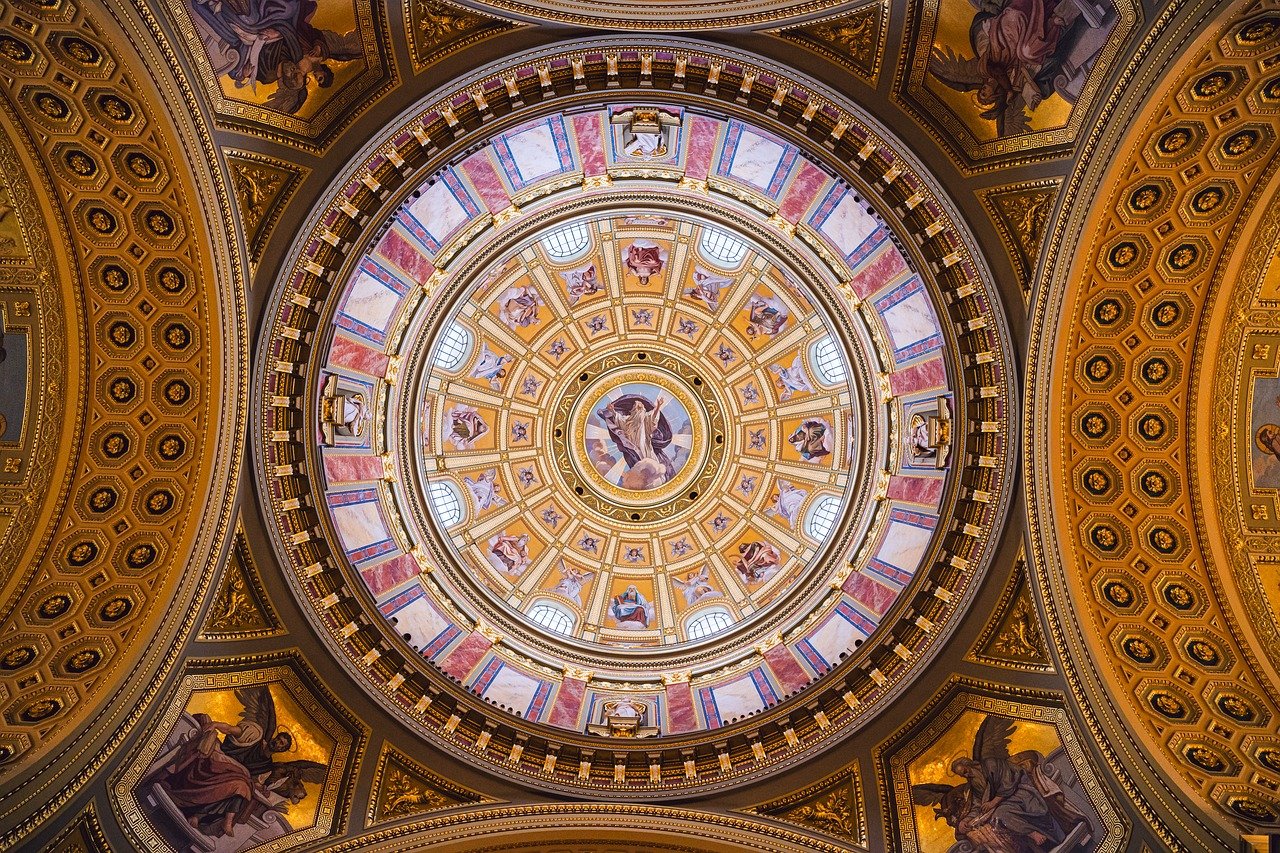
Rediscovering Forgotten Communities
When it comes to historical archaeology, one of the most captivating aspects is the process of . Through meticulous archaeological excavations and analysis, researchers have been able to unearth the remnants of communities that have long been overlooked or marginalized in mainstream historical narratives. These excavations not only reveal the physical structures and artifacts of these communities but also shed light on their social structures, daily lives, and contributions to history.
Imagine peeling back the layers of time to reveal a community that was once vibrant and thriving, yet has been relegated to obscurity in the annals of history. Historical archaeology serves as a powerful tool in resurrecting these forgotten communities, allowing their stories to be told and their voices to be heard once again. By piecing together the fragments of the past, archaeologists are able to challenge the erasure of marginalized groups and amplify their stories in the grand narrative of history.
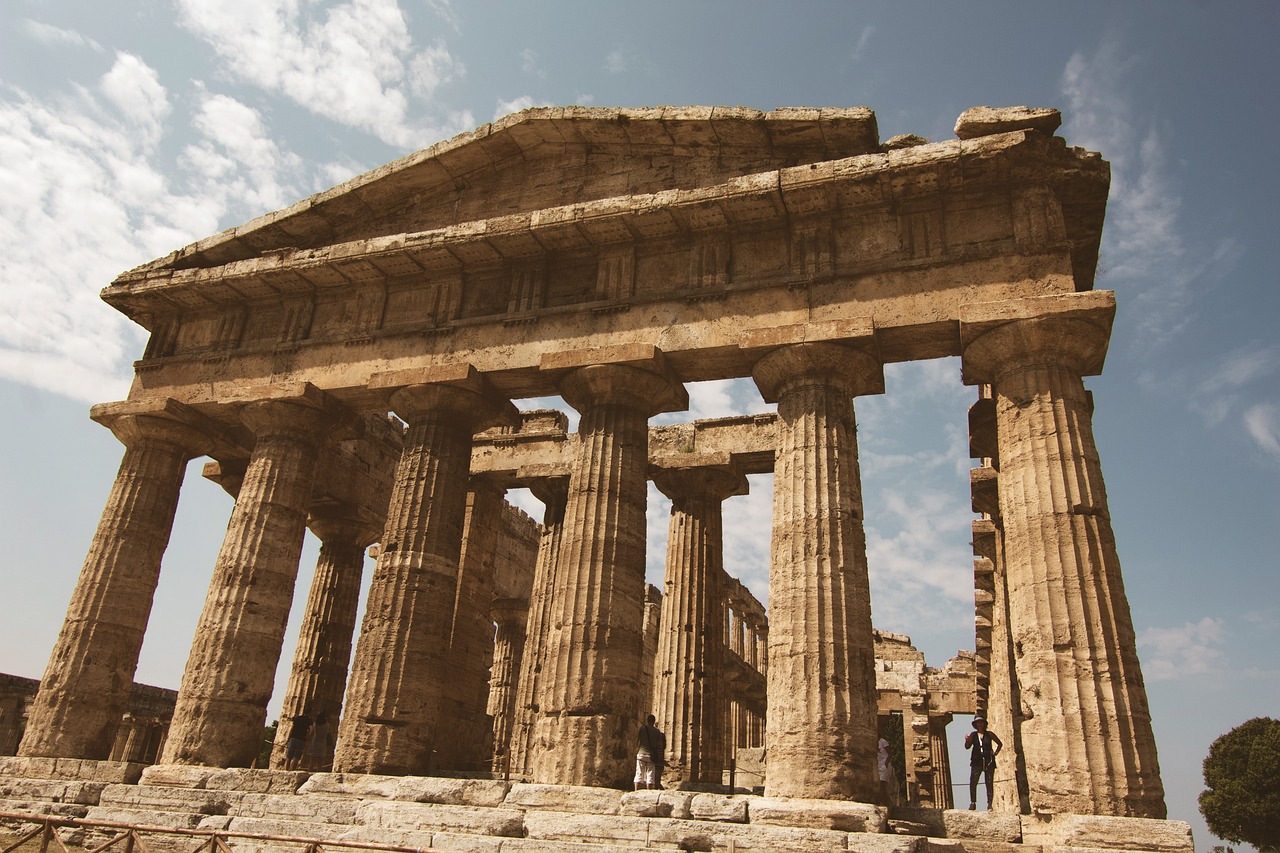
Decolonizing Archaeological Practices
Decolonizing archaeological practices is a crucial step towards creating a more inclusive and equitable approach to studying the past. By prioritizing community engagement and incorporating indigenous perspectives, archaeologists aim to challenge Eurocentric interpretations that have dominated historical narratives for centuries. This shift towards decolonization not only acknowledges the importance of diverse voices in shaping our understanding of history but also works to rectify the erasure of marginalized groups from mainstream discourse.
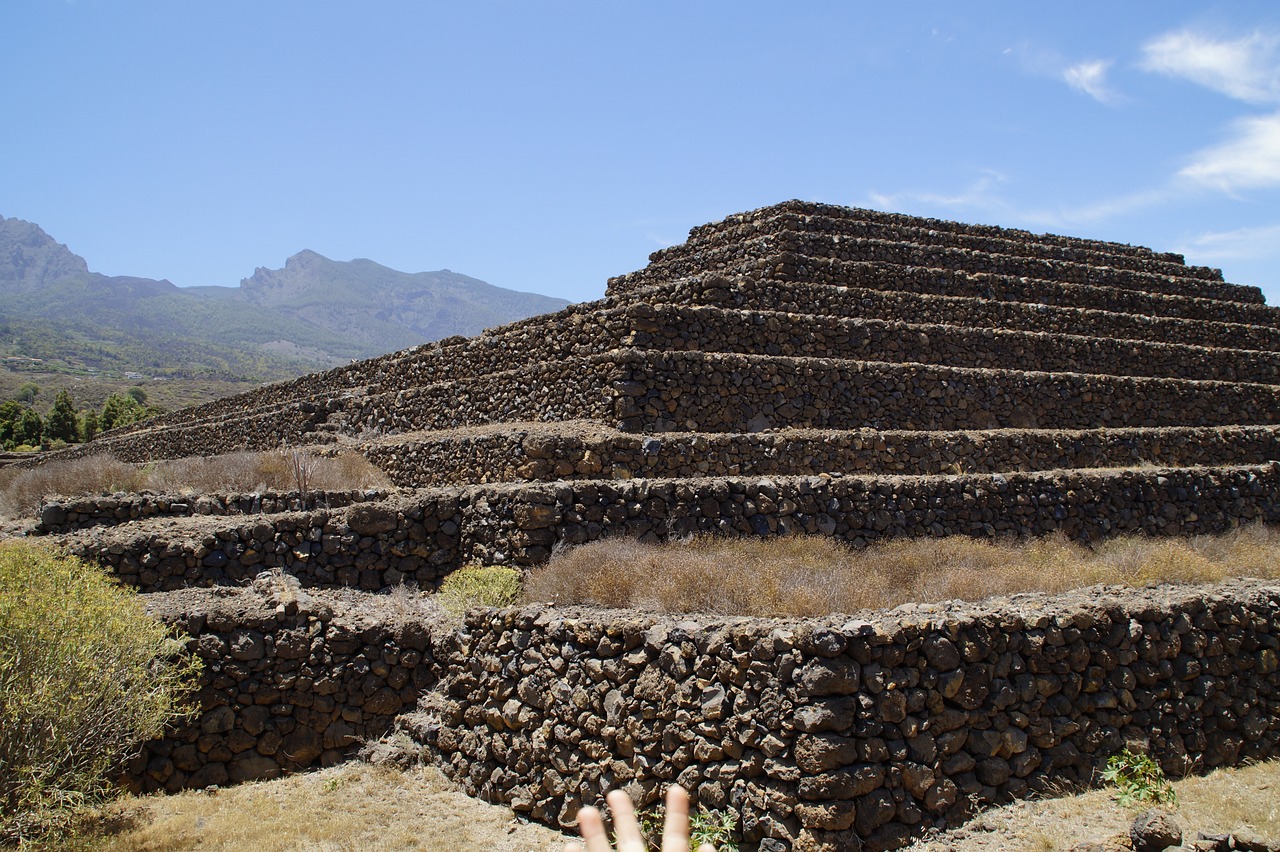
Redefining National Histories
When it comes to , historical archaeology plays a crucial role in reshaping our understanding of the past. By delving into the material remnants of bygone eras, archaeologists uncover hidden or suppressed narratives that challenge established myths and identities. These excavations bring to light the complexities of historical events, offering a more nuanced perspective that goes beyond the conventional accounts found in history books.
Through the meticulous analysis of artifacts and structures, historical archaeology prompts us to question the traditional narratives that have shaped our national histories. By unearthing empirical evidence that contradicts mainstream interpretations, this field of study encourages a critical reevaluation of past events and their significance. It forces us to confront historical biases and stereotypes, paving the way for a more accurate representation of our collective past.
Moreover, the process of redefining national histories through historical archaeology is not merely an academic exercise. It has profound implications for how we remember and commemorate the past as a society. By challenging established narratives and presenting alternative perspectives, historical archaeology influences public memory and shapes the way historical injustices are acknowledged and addressed.
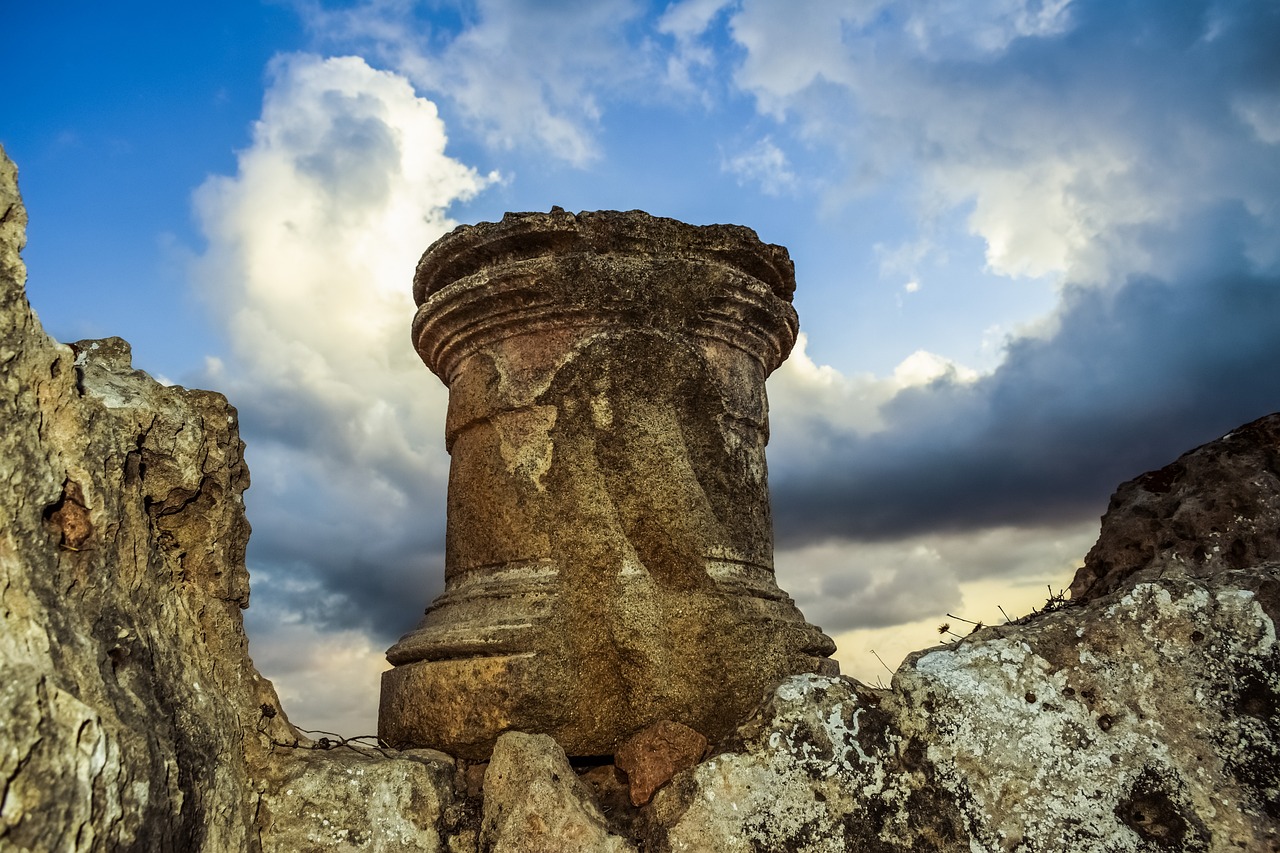
Challenging Historical Biases
Historical archaeology serves as a powerful tool in challenging historical biases and stereotypes that have long shaped our understanding of the past. By delving into the material culture and archaeological evidence left behind by previous societies, historical archaeologists can uncover hidden truths that contradict mainstream narratives.
Through meticulous excavation and analysis, historical archaeology presents empirical evidence that often challenges established beliefs and interpretations of historical events. By scrutinizing the remnants of the past, researchers can shed light on marginalized perspectives and offer alternative viewpoints that prompt a reevaluation of historical biases.
One of the key ways in which historical archaeology challenges historical biases is by presenting a more nuanced and complex picture of the past. Rather than adhering to simplistic or one-sided narratives, archaeological findings often reveal the multifaceted nature of historical events and the diverse experiences of different groups within society.
Moreover, historical archaeology has the potential to confront stereotypes and misconceptions that have pervaded historical accounts. By examining tangible evidence from the past, researchers can debunk myths and misconceptions, providing a more accurate and inclusive representation of history.
By challenging historical biases, historical archaeology encourages a critical reevaluation of past events and their interpretations. It prompts us to question preconceived notions and encourages a more open-minded approach to understanding the complexities of history.

Impact on Public Memory
Historical archaeology plays a significant role in shaping public memory and influencing how societies remember and commemorate the past. By uncovering tangible evidence and narratives that challenge conventional historical accounts, historical archaeology has the power to reshape public perceptions and foster a more nuanced understanding of history. Through archaeological excavations and analysis, researchers can bring to light forgotten stories, marginalized perspectives, and silenced voices, ultimately contributing to a more inclusive and accurate representation of the past.
Frequently Asked Questions
- What is historical archaeology?
Historical archaeology is a subfield of archaeology that focuses on the material culture and physical remains of past societies, combining archaeological methods with historical research to reconstruct and reinterpret historical events and social dynamics.
- How does historical archaeology challenge mainstream narratives?
Historical archaeology challenges mainstream narratives by uncovering hidden truths, amplifying marginalized perspectives, and providing new insights into historical events through archaeological evidence, offering a more inclusive and diverse understanding of the past.
- Why is decolonizing archaeological practices important?
Decolonizing archaeological practices is important to prioritize community engagement, challenge Eurocentric interpretations, and promote a more equitable approach to studying the past, ensuring that indigenous perspectives are respected and included in historical narratives.
- What impact does historical archaeology have on public memory?
Historical archaeology influences public memory by shaping perceptions of the past, fostering dialogue about historical injustices, and promoting a more accurate representation of history, encouraging critical reflection on past events and their interpretations.




